Several factors turned animal welfare into a public issue with growing interest for both academia and consumers: intensification of production systems, changes in feeding confined animals, the constant pursuit of economic efficiency. In the course of these developments, the conditions in which the animals live have often neglected their needs.
These issues were addressed by different stakeholders such as government and international organizations, which for several years have made progress in the definitions and processes that ensure animal welfare at the different agricultural sectors.
While there has been progress in legislation, awareness and implementation of animal welfare measures, a successful model for assessment of animal welfare in a practical and easy way, applicable at the farm level, is still missing.
This document addresses the issue from a general to a more specific approach, firstly with the necessary definitions and presentation of the main concepts. Secondly, a list of indicators selected for the evaluation of each area is described, including a possible scale for each and processing procedures. Also a draft protocol as a guideline to plan and execute the work at the farm level is described.
The final purpose of developing an animal welfare prototype is to have a tool within the context of the agri benchmark Beef Network, for implementing an animal welfare assessment at the farm level, using basic inputs and outputs. This will be presented during the next agri benchmark Beef Conference in Spain (June 2016).
Among the existing definitions, there is a general agreement to consider animal welfare as a multidimensional concept that includes both the animal’s health and behavioral / psychological welfare. Animal welfare is basically defined as a state of complete mental and physical health where the animal is in harmony with its environment.
In a meta-analysis, Duncan and Fraser (1997) compiled the definitions of animal welfare and classified them into three broad categories:
- a) The first category includes all those works that define animal welfare in terms of subjective experiences of animals. This group is based on the recognition of animals as beings capable of experiencing emotions and, therefore, consider their welfare will be greater the more intense and lasting positive emotions are, that is, the ones that are pleasurable.
- b) In the second category all investigations that define welfare in terms of the functioning of the animal organism are grouped, and relates welfare with the animal’s ability to deal with possible difficulties created by the environment in which it is situated (it cannot overcome, it adapts but with difficulty, it adapts without difficulties).
- c) The third category includes scientists and approaches that define animal welfare and assess production systems in terms of the extent to which the environment allow a similar and «natural» habitat for the species, which is evident in animals’ behavior.
1.2 Areas involved in Animal Welfare
Typically, in a multidimensional concept, the resulting situation arises from the interaction of several factors, and hence the importance of determining them. There is a considerable amount and institutional work of research available (i.e. EFSA[1] and earlier Welfare Quality[2]) and we can conclude that the most appropriate approach would be to consider three categories of factors:
a) Resources available (environment and resources available to the animal),
- b) Management (management practices of the farm) and
- c) Response of the animal (effects of the previous two categories on the animal).
As shown in Figure 1, factors included in categories a) and b) are considerate “inputs” and hazard factors, while those included in category c) are considerate “outcomes” and express the response of animals to the conditions to which they are subjected.
A model of assessment for animal welfare should consider these three categories, because while the third assesses the current situation, the first two, may indicate future (more or less immediate) risks.
[1] European Food Safety Authority; see its Panel on Animal Health and Welfare (AHAW), Statement on the use of animal-based measures to assess the welfare of animals. EFSA, Journal 2012.
[2] Welfare Quality® “Integration of animal welfare in the food chain”, FOOD-CT-506508, 2007-2010
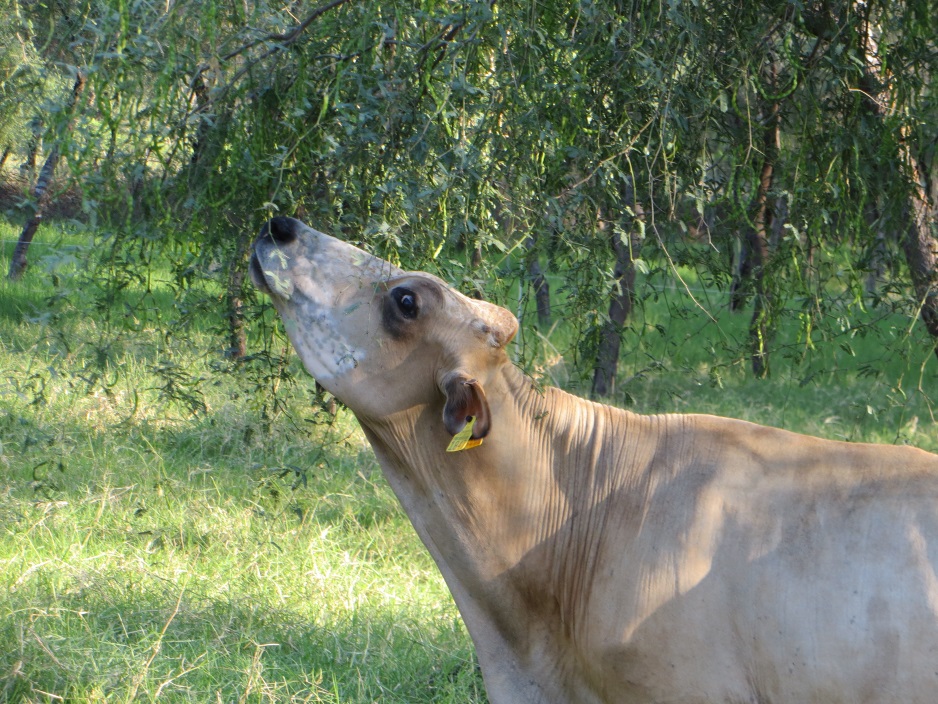
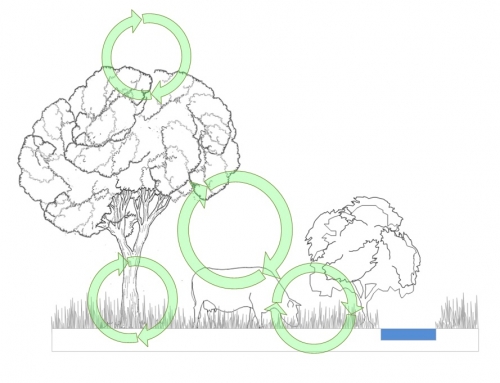
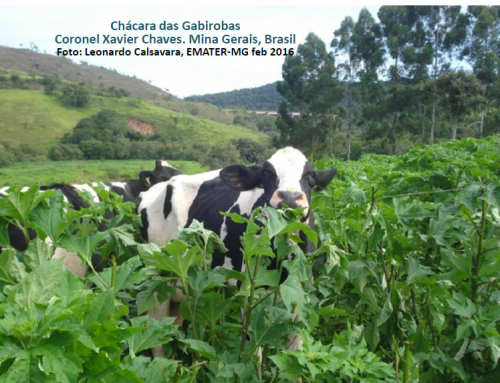
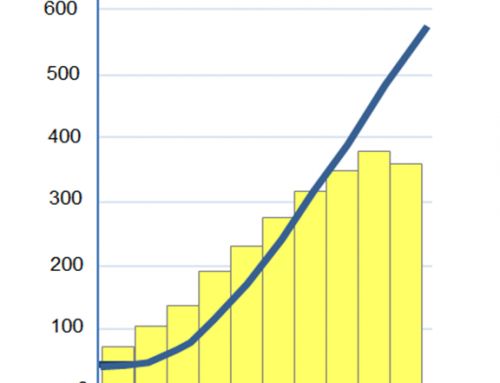
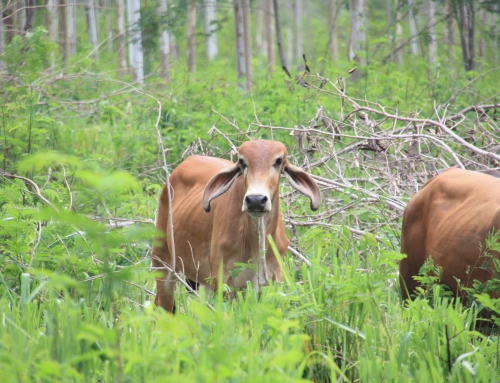
Leave A Comment